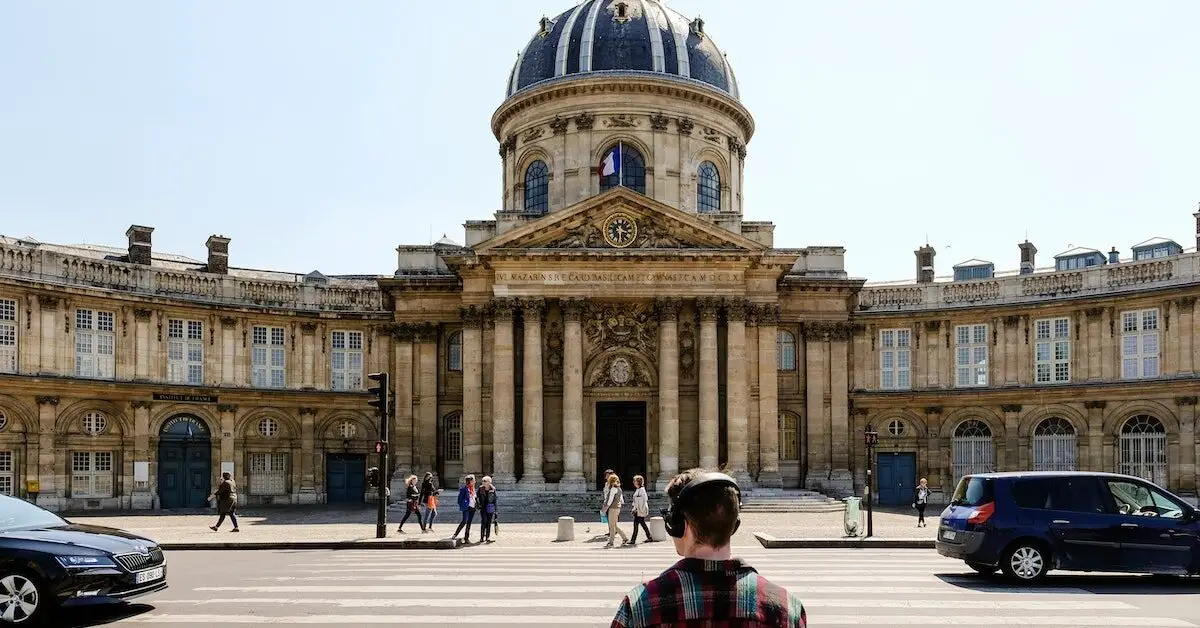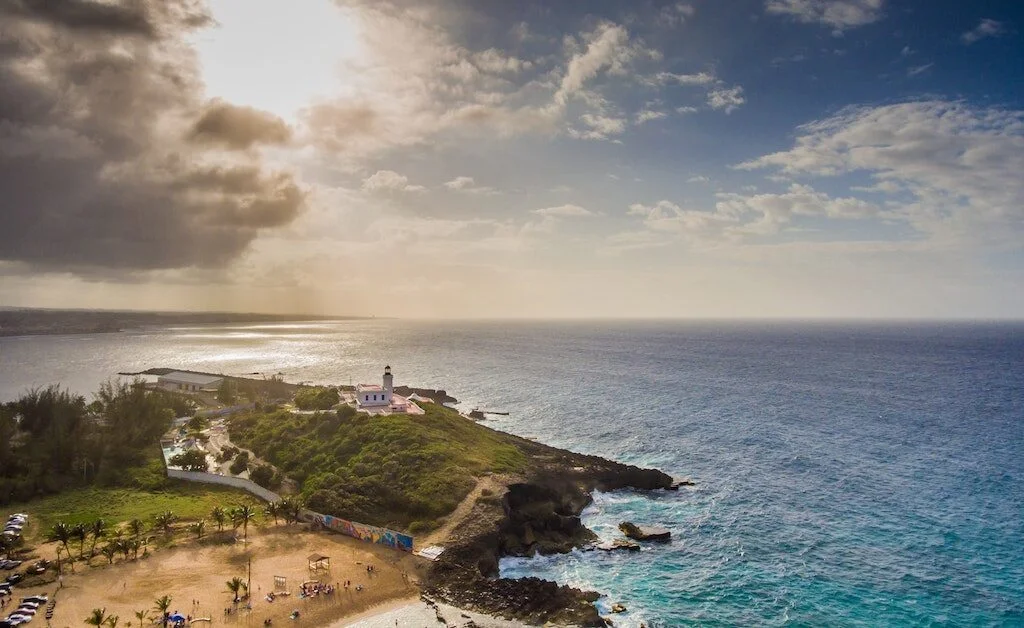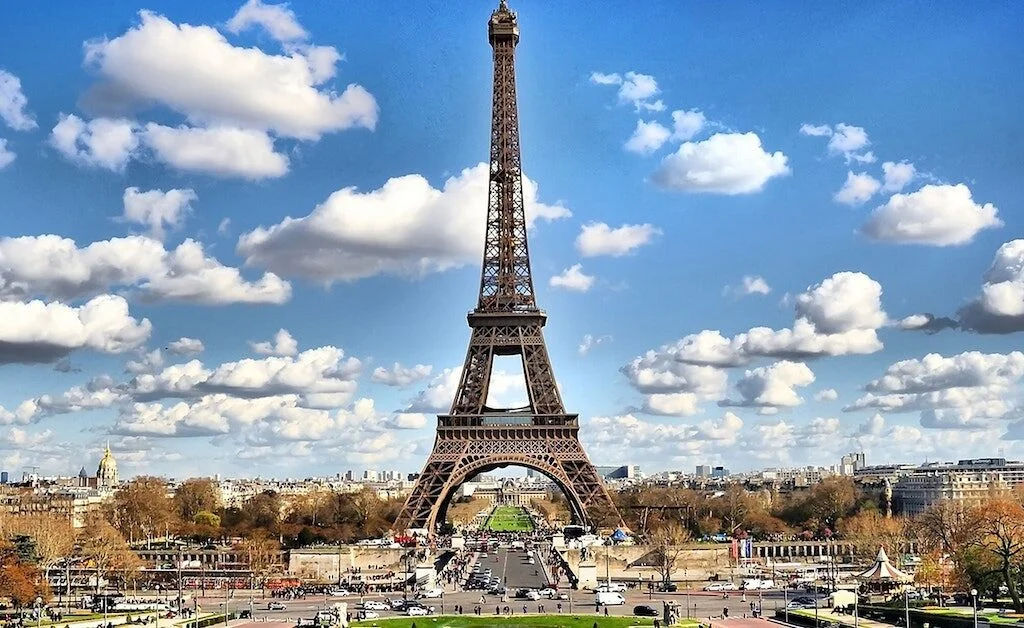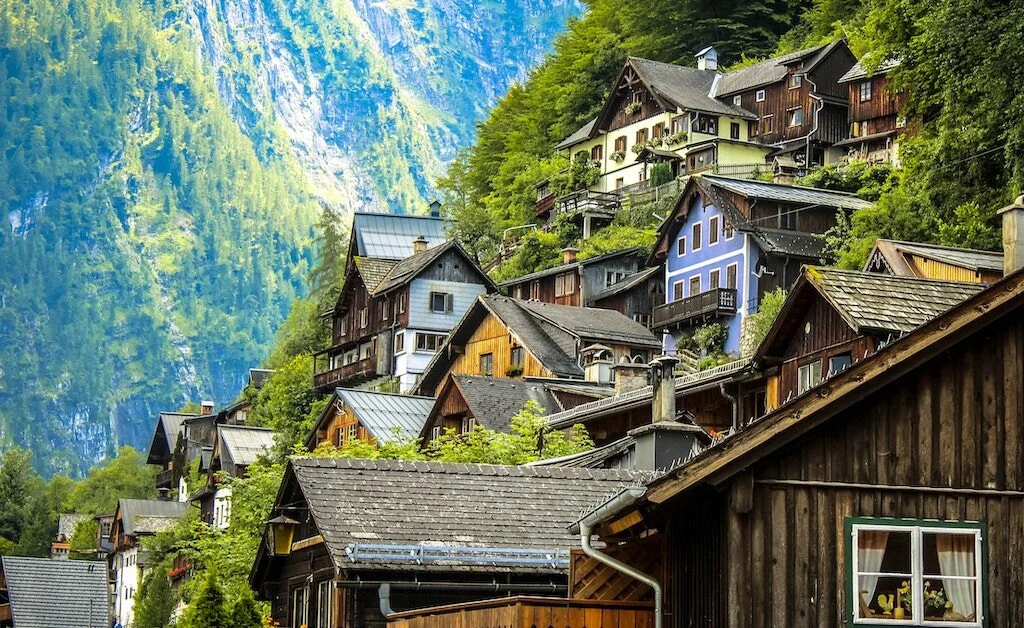Paris, the “City of Love” and a global icon of romance and culture, beckons travelers year-round. However, selecting the perfect time to experience the magic of this enchanting city can be a crucial decision. From spring blossoms to summer splendor, fall’s artistic charm, and winter wonder, Paris has something unique to offer in every season. In this comprehensive guide, we’ll explore the best times to visit Paris, taking into account weather, festivals, crowds, and special attractions.

Spring Splendor: April to June
As the city awakens from its winter slumber, Paris blooms with vibrant colors and fragrant blossoms. The spring season, which starts from April to June, is the best time to explore the city’s parks, iconic landmarks, and gardens. You can say it is the best time to visit Paris. The weather is mild, making it perfect for strolling along the Seine and enjoying outdoor cafes. Key highlights of visiting Paris in the spring include:
- Cherry blossoms: Witness the city’s transformation into a floral wonderland as cherry trees blossom around iconic monuments like the Eiffel Tower.
- Outdoor experiences: Take leisurely walks in picturesque gardens such as Luxembourg Gardens and Tuileries Garden, soaking in the serene ambiance.
- Mild weather: Enjoy comfortable temperatures that allow for sightseeing without the summer heat or winter chill.

Summer Splendor: July and August
Paris comes alive during the summer months of July and August. While the city experiences its peak tourist season, there’s a vibrant energy in the air. You can say it is the best time to visit Paris for those who love crowds and everything vibrant and full. Although crowds are more significant, summer offers a unique opportunity to enjoy extended daylight hours and open-air events. Consider these factors when planning a summer visit:
- Longer days: Take advantage of extended daylight to explore famous attractions and revel in the city’s beauty.
- Festive atmosphere: Join locals and tourists in outdoor festivals, music events, and open-air markets that celebrate the summer season.
- Eiffel Tower sparkle: Witness the iconic Eiffel Tower illuminate the night sky with its dazzling light show after sunset.

Fall’s Artistic Charm: September to November
As the summer crowds recede, Paris embraces a more intimate and artistic atmosphere in the fall. Duration from September to November, this is the time when the center of attraction become city’s museums, galleries and cultural events. The pleasant weather and fewer tourists create an ideal setting for an enriching experience:
- Cultural delights: Explore the city’s renowned museums, such as the Louvre and Musée d’Orsay, without the peak summer rush.
- Autumn foliage: Admire the changing colors of the trees along the Seine and in parks like Parc des Buttes-Chaumont.
- Wine and dine: Indulge in exquisite French cuisine in cozy bistros and relish the flavors of fall in the city’s local markets.

Winter Wonder: December to February
While winters in Paris can be chilly, the city’s charm and festive spirit shine during the holiday season. From December to February, the streets are adorned with lights, and holiday markets offer unique shopping experiences. Discover the magic of winter in Paris:
- Holiday markets: Immerse yourself in the holiday spirit as you explore Christmas markets offering handcrafted gifts and seasonal treats.
- Snowy enchantment: If you’re lucky, you might witness a dusting of snow, adding a touch of fairytale magic to iconic landmarks.
- Fewer crowds: Enjoy attractions like the Eiffel Tower and museums with fewer tourists, making it easier to savor the experience.

Conclusion :
Deciding when to visit Paris depends on your preferences and priorities. Whether you’re drawn to spring’s blossoming beauty, summer’s lively atmosphere, fall’s cultural richness, or winter’s festive magic, each season offers a unique perspective on the city’s allure. However, whatever time you decide to visit Paris, it will be totally worth it, and your heart will be delightful with its romantic ambiance and the city’s timeless charm.
Read More : Exploring Austria: The Definitive Guide to the Best Times to Visit Austria
FAQ’s
Both day and night offer unique experiences at the Eiffel Tower. During the day, you can appreciate the intricate ironwork and stunning views of the city. At night, the tower is beautifully illuminated, and every hour, thousands of sparkling lights create a mesmerizing light show that lasts for a few minutes. Each time of day has its own charm, so consider experiencing both to fully appreciate the tower’s allure.
The best months to visit the Eiffel Tower are April to June and September to November. Spring (April to June) brings mild weather, blossoming cherry trees, and fewer crowds. Autumn (September to November) offers pleasant temperatures, colorful foliage, and a more relaxed atmosphere. Both seasons allow you to explore comfortably without the extreme heat of summer or the cold of winter.
The amount of time you need for the Eiffel Tower depends on your preferences. A comprehensive visit during peak tourist season (summer) might take around three to four hours, including waiting in line, ascending, enjoying the views, and exploring the exhibits. With a reserved entry time, you can complete the journey in about 90 minutes. If you’re short on time, even an hour can provide a glimpse of the tower’s magnificence.
Both the 2nd floor and the top of the Eiffel Tower offer remarkable views, but each provides a different perspective. The 2nd floor provides a balance between height and landmark recognition. It’s an excellent spot to admire Paris rooftops and landmarks. The top offers a bird’s-eye view of the city, but the distance might make landmarks less distinct. If you’re seeking panoramic views, the top is a must, but for a more recognizable cityscape, the 2nd floor might be preferred.





